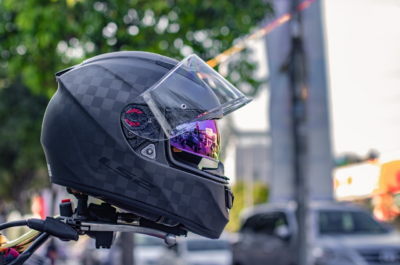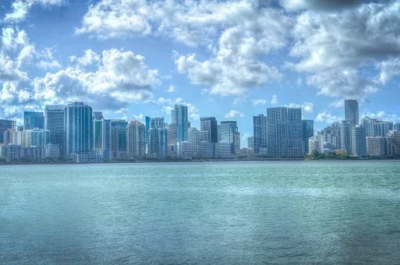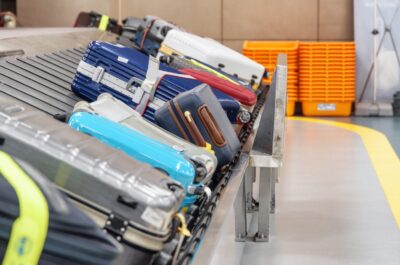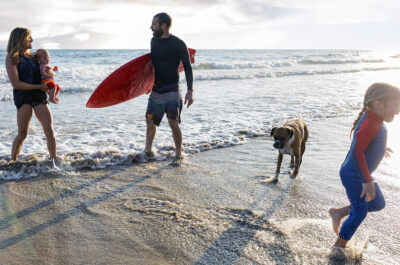This article will share some practical sailing safety tips to ensure that your seafaring experience is as safe as it is enjoyable.
Sailing into the open sea is thrilling, but without proper precautions, it can quickly become perilous. Accidents at sea are prevalent, especially when you’re on small sailboats. The wind and waves can be unforgiving to the unprepared. So, it’s crucial that before you board any water vessel, you must follow the rules of the sea.
Fortunately, it’s pretty easy to sail without encountering fatal obstacles. This article will share some practical sailing safety tips to ensure that your seafaring experience is as safe as it is enjoyable.
Wear a proper life vest at all times
Stepping aboard a boat like those offered by Kai Kanani Sailing? Don’t forget to don your life vest or personal flotation device (PFD). Regarded as your lifeline on the water, it’s not just for novices or passengers but also seasoned sailors. Vessel size, water calmness, or shore proximity doesn’t exempt anyone from this crucial safety measure.
Life vests, however, are not one-size-fits-all. Depending on your activity and location, you might require different types.
For recreational boating, the most common ones are:
Type II PFDs: These are your go-to vests for serene, near-shore waters, where assistance would be close if needed. They offer enough buoyancy to keep you afloat, and a noteworthy design that flips unconscious users face up in the water.
Type III PFDs: Referred to as flotation aids, these are your partners for inland water adventures. Though they provide buoyancy equivalent to Type II vests, they offer greater mobility, making them an ideal choice for active water sports.
Once you’ve selected the appropriate vest, ensure it’s within easy reach for you and your passengers.
Avoid sailing during inclement weather
Just as crucial as having PFDs is monitoring the weather conditions to ensure a safe journey. While it can be exhilarating to challenge the elements, venturing into harsh weather can lead to disastrous consequences.
Simply watching weather updates isn’t enough; it’s important to understand meteorological data, local weather patterns, and sudden changes. Preemptive measures are crucial, as severe weather is less threatening when anticipated. Even experienced sailors regard this as one of the most essential sailing safety tips.
Have a working VHF radio and flashlight onboard
Equally important as being weather-wise is having functional and accessible communication and lighting tools. A VHF radio is your lifeline to the outside world when at sea. It allows you to receive weather updates, communicate with coast guards, and alert other vessels in case of emergencies.
Don’t forget to check the functionality of your radio before embarking. A flashlight, preferably waterproof, is also essential. It aids navigation in low light, helps attract attention during emergencies, and allows you to perform tasks like reading charts or performing repairs at night.
Skip the alcohol
While a sundowner might seem like the perfect way to end a day of sailing, it’s important to keep clear-headed. Alcohol can distort your perception of risk and impede your ability to respond to changing circumstances. It can also dehydrate you. Dehydration is dangerous when combined with sun and wind exposure on the water.
Save the alcohol when you’re safely onshore or anchored for the night. Alternatively, consider alcohol-free vacations to maintain sobriety.
Follow the boat’s recommended passenger limit
Every boat has a maximum carrying capacity, beyond which its stability and handling can be severely compromised. Overloading can lead to capsizing, especially in rough water or inclement weather.
Distribute the weight evenly to maintain balance and ensure everyone has enough space to move safely. This rule isn’t only a legal requirement but also a common-sense approach to ensure sailing safety.
Practice correct docking and anchoring procedures
Docking and anchoring a boat require knowledge, skill, and practice. Improper techniques can damage your boat, other boats, and the dock itself. Learn about different types of anchors, how to tie proper nautical knots, and the right way to approach a dock. These skills may take time to master, but they’re invaluable for safe and secure sailing.
Prepare a passage plan
A detailed passage plan, which includes your planned route, destination, alternate course, and considerations for tides, currents, and potential hazards, is a roadmap to safety.
Regularly update your position on a physical chart or electronic plotting system. Inform someone reliable onshore about your plan and keep them updated so they can alert rescuers if you don’t return on time.
Remain aware of your surroundings
At sea, attention is your greatest ally. Don’t confine your gaze to the helm; let it roam, scanning your surroundings. Notice the shifting wind, dancing waves, and swaying currents—they all reveal the sea’s mood.
Cast your eyes toward the horizon, but also remain mindful of your immediate vicinity. Approaching vessels, changing weather patterns, floating debris, and hidden reefs require your continuous vigilance.
Situational awareness can prevent injury on vacation, whether on land or sea. Enjoy the trip but stay prepared for unexpected scenarios.
Work with the sea, not against it
Safe sailing goes beyond merely maintaining a seaworthy vessel. It’s a harmonious dance with the sea, a result of knowledge, preparation, and prudent practices. By following these sailing safety tips, you transform the inherent risks of the sea into a thrilling adventure.

























































































































































































